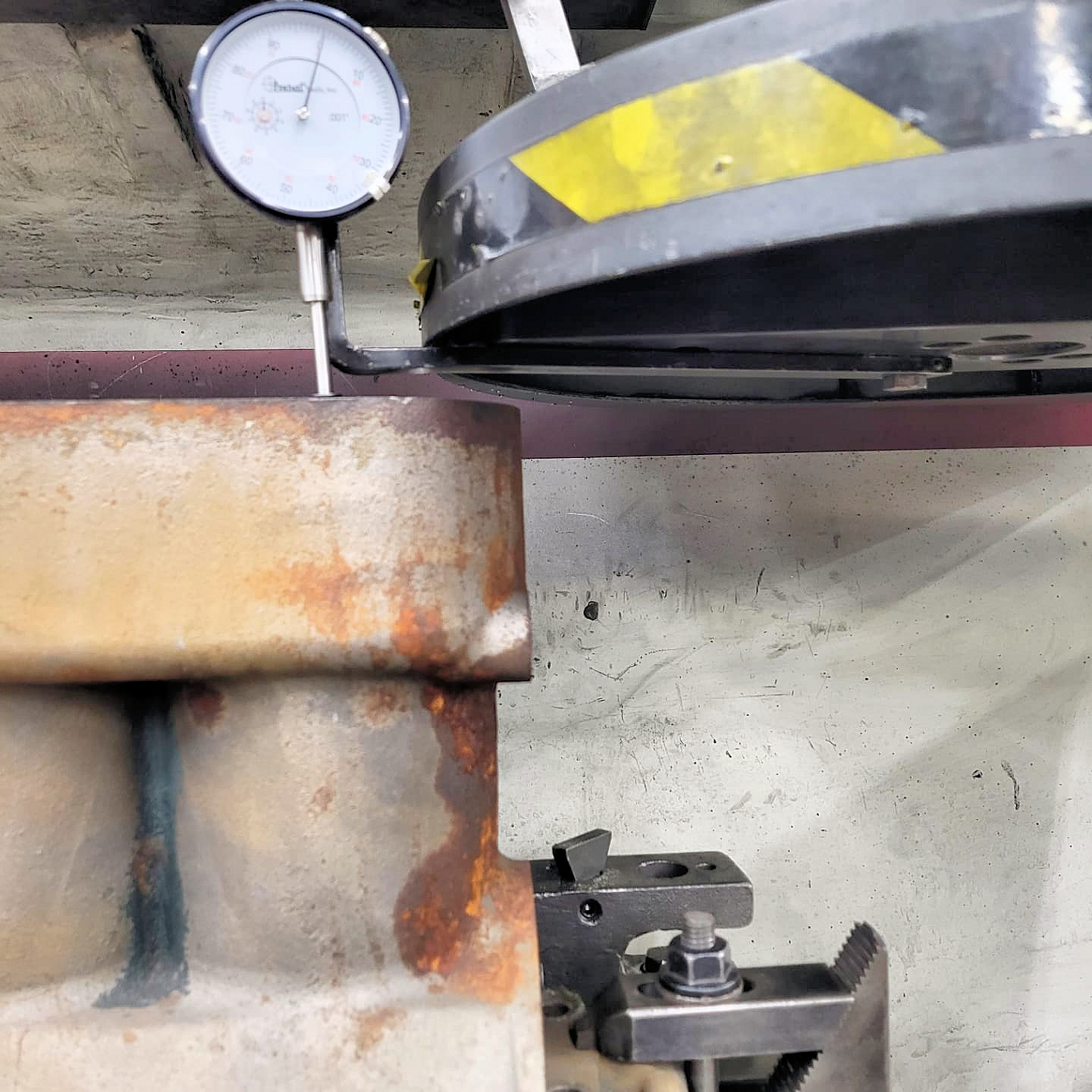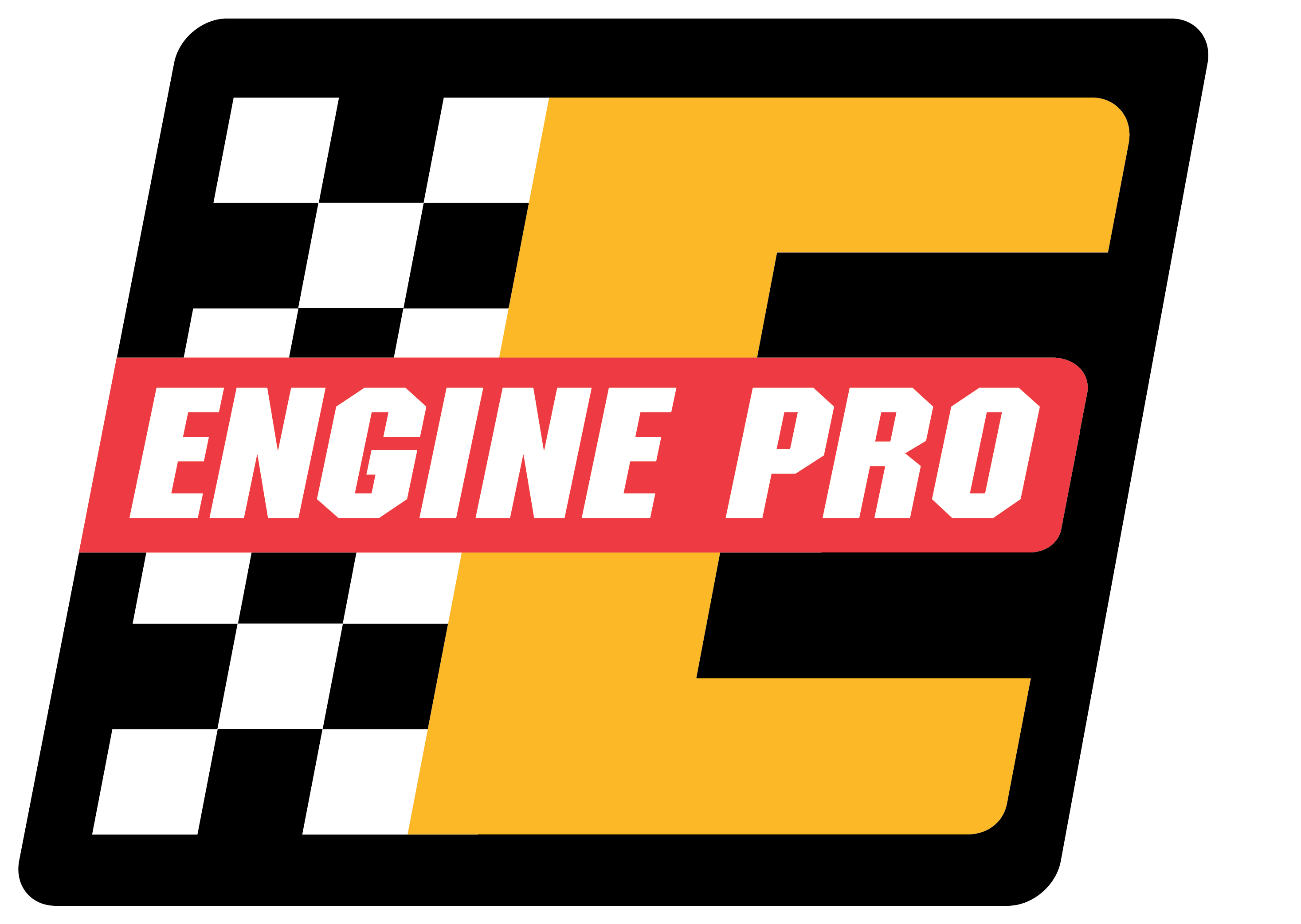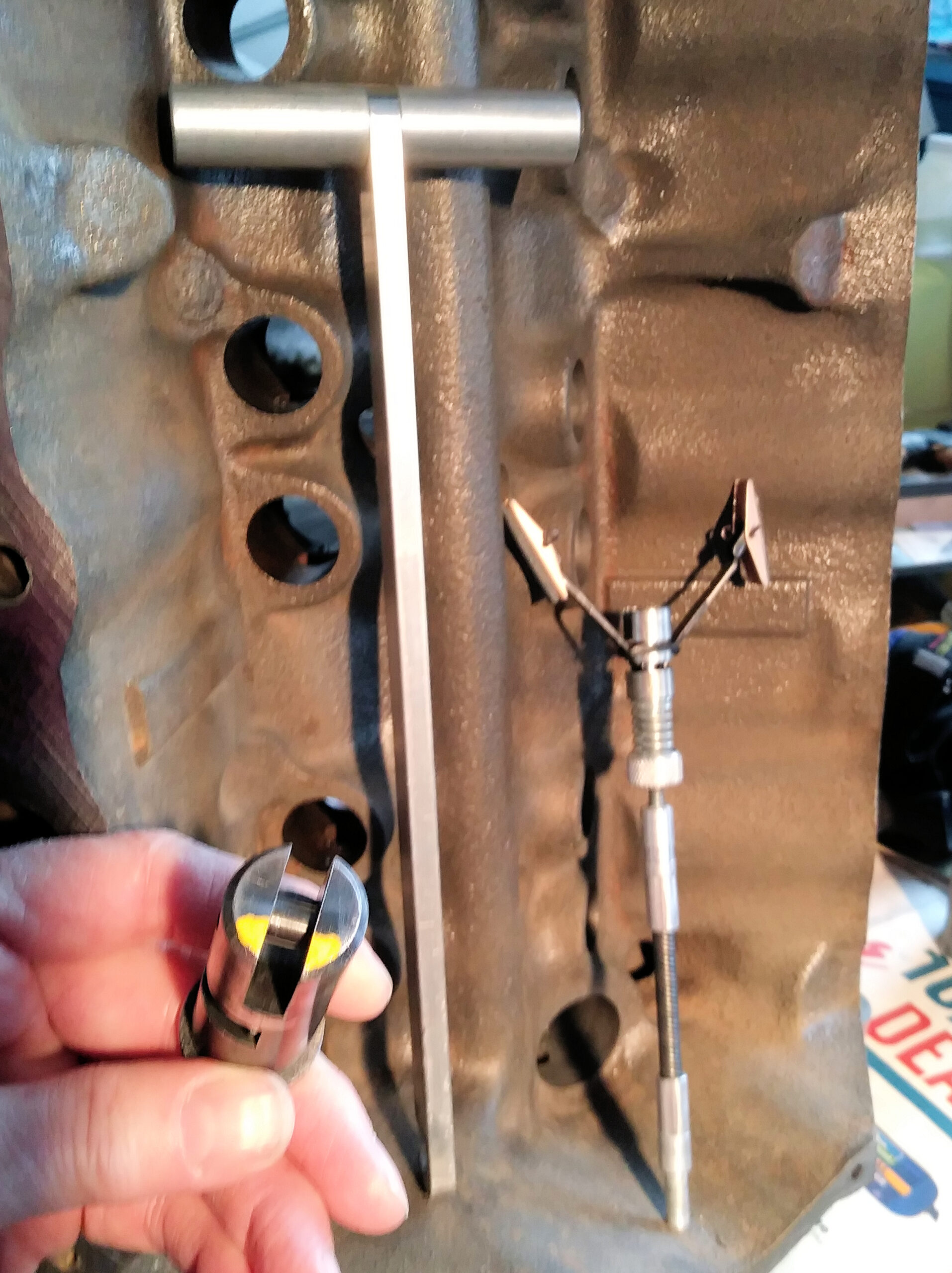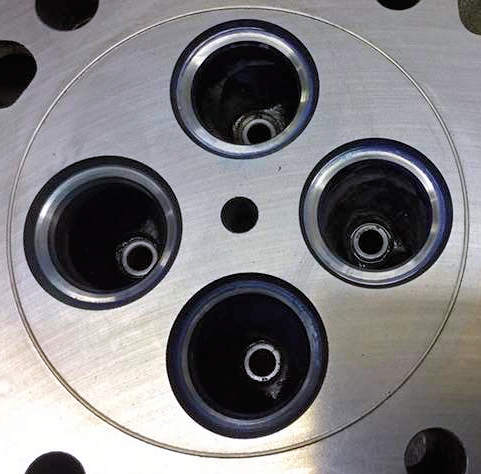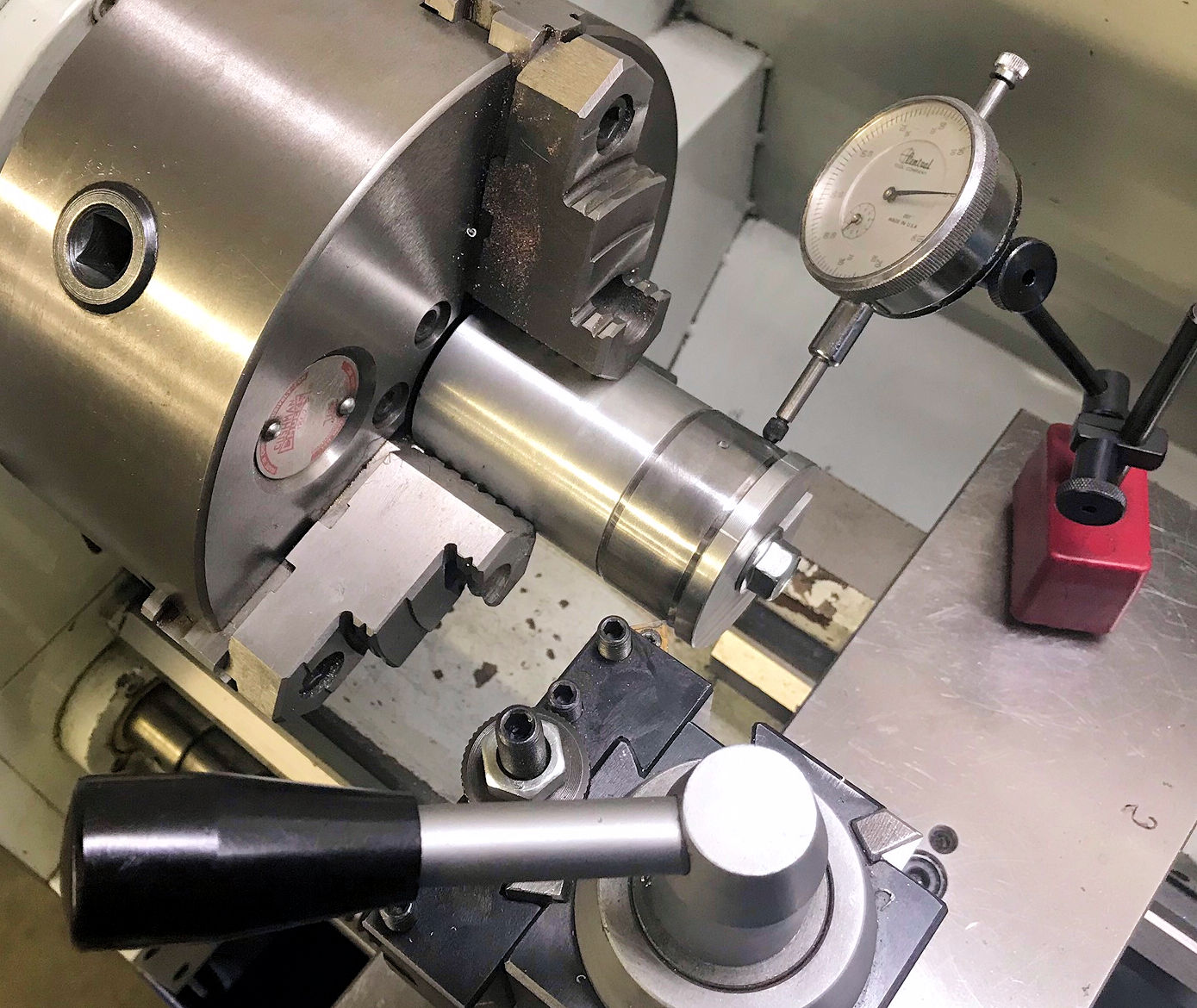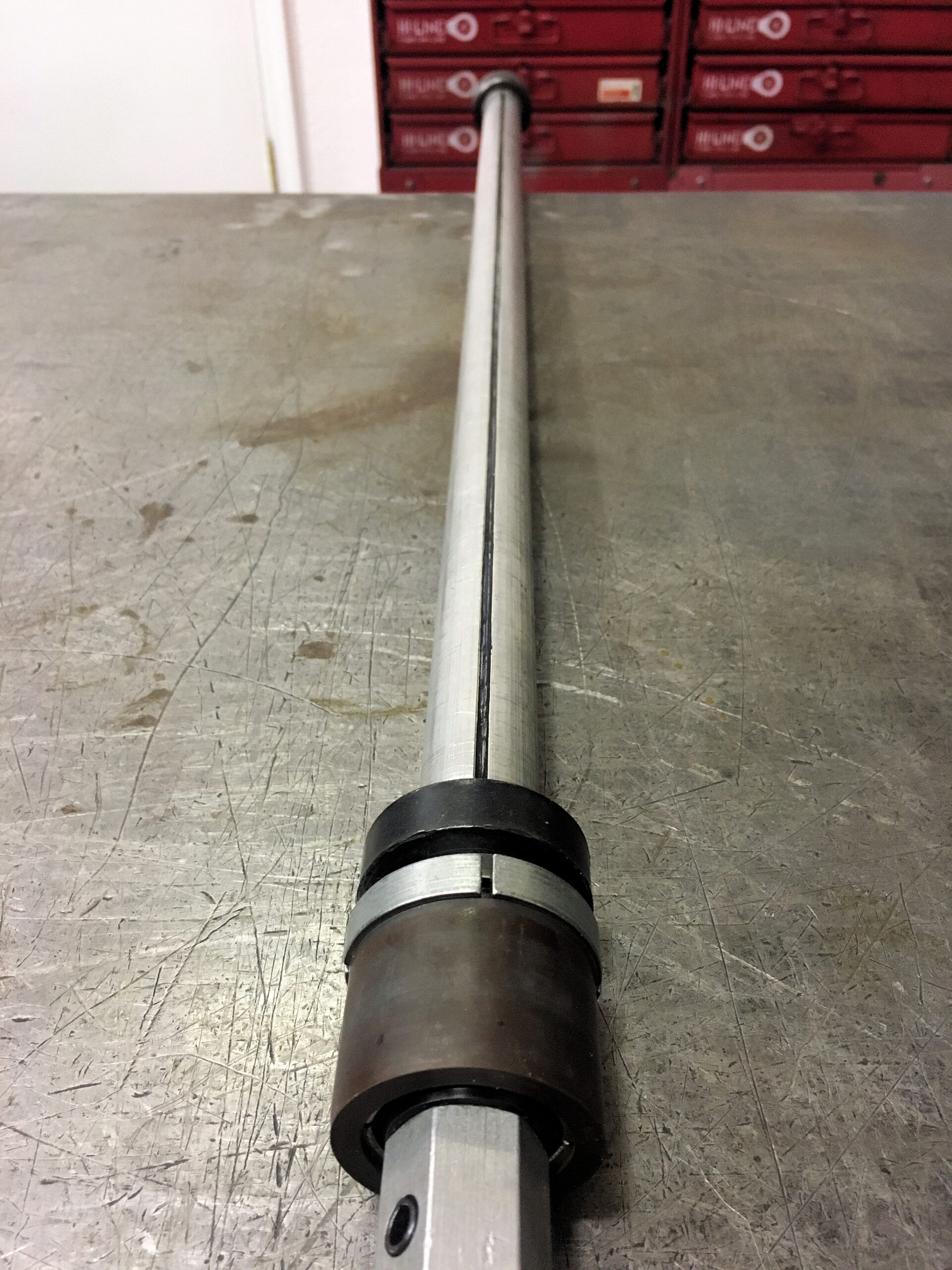DIALED IN When setting up a block for surfacing, depending on the machine used, it may not be possible to use the dial indicator that's attached to the head of the surfacer (if there even is one). Creating a bar shaped like an L as pictured and mounting a cheap dial...
